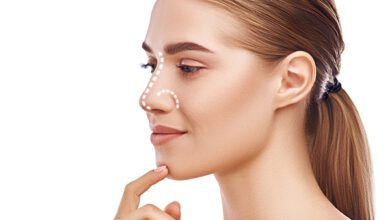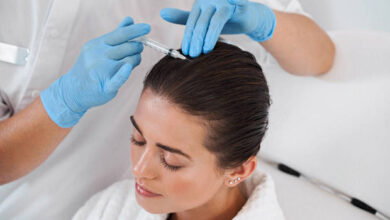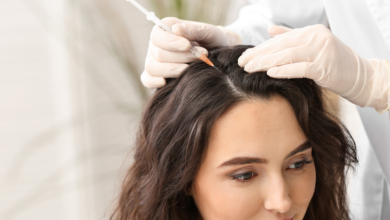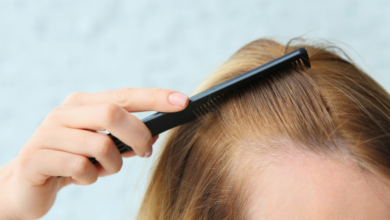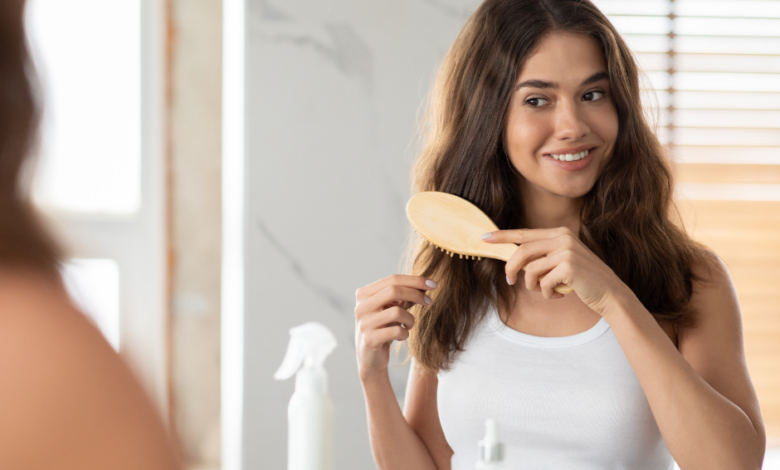
In this informative article, “Stylish.ae Special: Crafting Lustrous Locks from Root to Tip”, you will discover expert tips and techniques to achieve and maintain beautiful, healthy hair. With a focus on quality products and professional styling methods, we will guide you through the essential steps needed to have lustrous locks that radiate confidence and style. From nourishing the scalp to choosing the right tools, this article will provide you with valuable insights on how to care for your hair from the very start, from root to tip.
Hair Care Basics
Understanding Hair Types
When it comes to hair care, understanding your hair type is essential. There are several different hair types, including straight, wavy, curly, and coily. Each hair type has its own unique characteristics and requires specific care. By identifying your hair type, you can choose products and styling techniques that will enhance your natural beauty and keep your locks looking their best.
Determining Scalp Health
A healthy scalp is the foundation for beautiful hair. It’s important to regularly assess the health of your scalp to identify any potential issues early on. Look for signs of dandruff, itching, redness, or flakiness, as these may indicate an underlying scalp condition. Maintaining a clean and balanced scalp environment is crucial for promoting hair growth and preventing problems such as hair loss or thinning.
Importance of Regular Trims
Regular trims are often overlooked, but they play a vital role in maintaining healthy hair. Trimming your hair every 6-8 weeks helps prevent split ends and breakage, which can lead to dull and lifeless hair. By removing the damaged ends, you allow your hair to grow stronger and maintain its natural shine. Don’t be afraid to schedule regular trims with a professional hairstylist to keep your locks looking polished and healthy.
Choosing the Right Shampoo and Conditioner
Selecting the appropriate shampoo and conditioner is crucial for maintaining healthy hair. Consider your hair type and any specific concerns you may have, such as dryness or color-treated hair. Look for products that are free of harsh chemicals and sulfates, as these can strip the hair of its natural oils and cause damage. It’s also important to use a conditioner that provides moisture and nourishment to keep your hair looking soft and manageable.
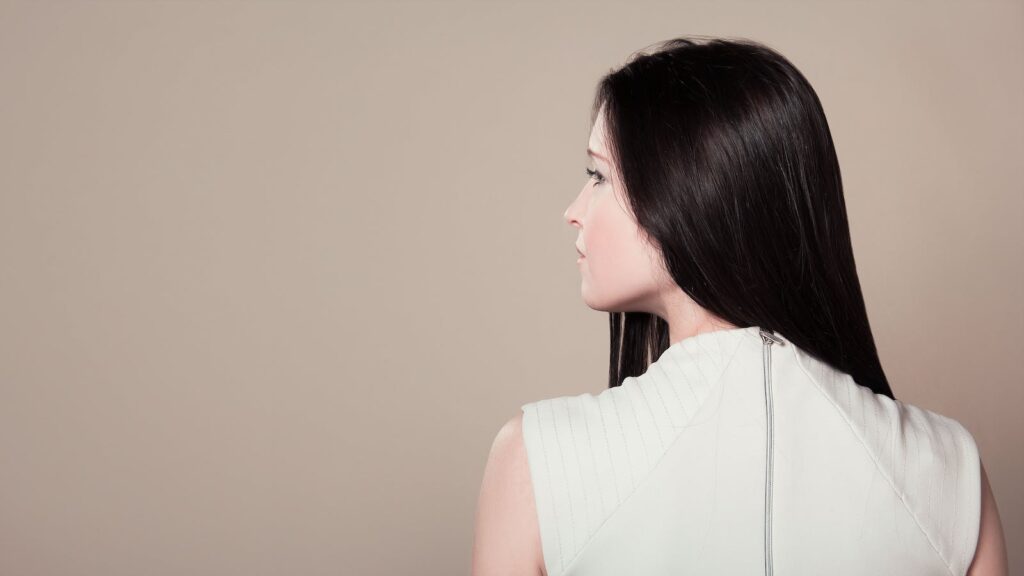
Preventing Hair Damage
Proper Brushing Techniques
Brushing your hair may seem like a simple task, but it can actually cause damage if done incorrectly. Use a wide-toothed comb or a brush with soft bristles to gently detangle your hair, starting from the ends and working your way up. Avoid brushing wet hair vigorously, as it is more prone to breakage. Taking the time to brush your hair properly can prevent unnecessary damage and keep your locks looking healthy.
Avoiding Excessive Heat Styling
Excessive heat styling can wreak havoc on your hair, leading to dryness, breakage, and frizz. Limit the use of hot tools such as flat irons, curling wands, and blow dryers, and always use a heat protectant spray before styling. Opt for air-drying whenever possible or use the lowest heat setting on your tools. By minimizing heat exposure, you can maintain the integrity of your hair and prevent long-term damage.

Protecting Hair from Sun and Chlorine
The sun’s UV rays and chlorine from swimming pools can be damaging to your hair, causing dryness, color fading, and brittleness. Shield your hair from the sun by wearing a hat, using a leave-in conditioner with UV protection, or applying a hair sunscreen. Before swimming in a pool, wet your hair and apply a protective spray to minimize chlorine absorption. Rinse your hair thoroughly after swimming to remove any chlorine residue and follow up with a hydrating conditioner.
Avoiding Tightly Bound Hairstyles
While tight ponytails and buns may be convenient, they can also cause tension and breakage. Avoid hairstyles that pull your hair tightly, especially when wet, as this can lead to hair loss and weakened strands. Opt for looser styles or use soft hair ties that won’t tug or pull on your hair. By being mindful of how you style your hair, you can prevent unnecessary damage and maintain its overall health.
Nourishing Your Hair
Importance of a Balanced Diet
A balanced diet is not only crucial for your overall health but also for the health of your hair. Incorporating nutrient-rich foods such as fruits, vegetables, lean proteins, and omega-3 fatty acids can promote hair growth and strength. Foods like spinach, salmon, eggs, and avocados are excellent choices for nourishing your hair from the inside out. Remember, what you put into your body directly impacts the health and appearance of your hair.
Hydrating the Scalp
Just like your skin, your scalp needs hydration to maintain its health. Dryness can lead to dandruff, itchiness, and a lackluster appearance. Keep your scalp hydrated by using a moisturizing scalp serum or oil treatment. Massage the product into your scalp to stimulate blood flow and distribute the moisture evenly. Hydrating your scalp regularly will promote a healthy environment for hair growth and prevent scalp-related issues.
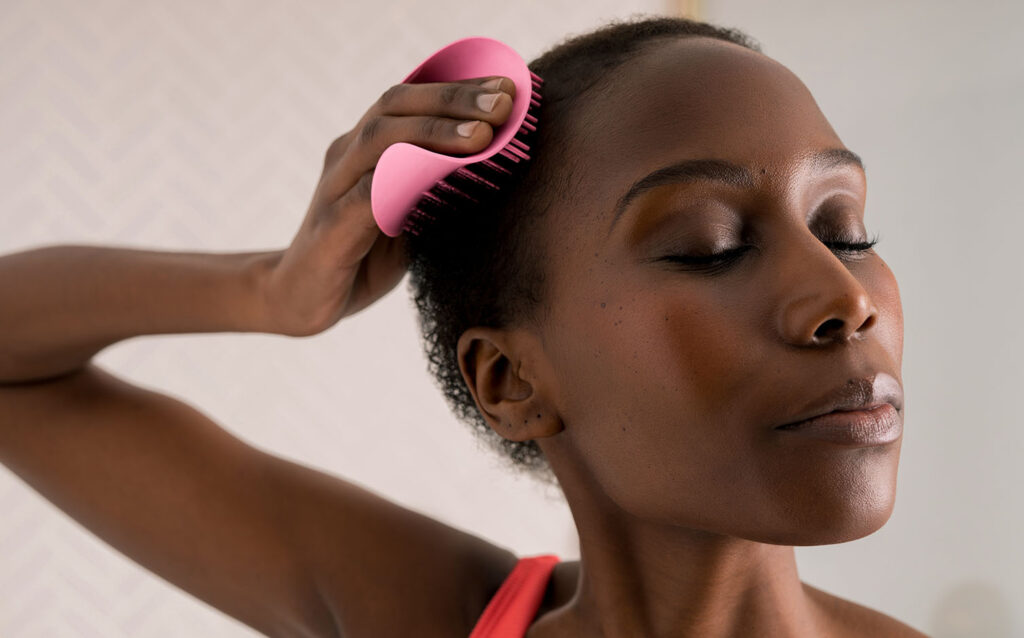
Using Hair Masks and Oils
Hair masks and oils are excellent tools for nourishing and repairing damaged hair. Look for masks or oil treatments that are specifically formulated for your hair type or concern, whether it’s split ends, frizz, or dryness. Apply the mask or oil treatment to damp hair and leave it on for the recommended amount of time before rinsing. Regular use of hair masks and oils can improve the overall health and appearance of your hair.
Essential Vitamins and Supplements
Sometimes, our diets may not provide all the essential vitamins and nutrients needed for optimal hair health. In these cases, supplements can be a valuable addition to your hair care routine. Biotin, vitamin E, and omega-3 fatty acids are commonly recommended for promoting healthy hair growth and strength. Consult with a healthcare professional before starting any new supplements to ensure they are safe and appropriate for your specific needs.

Styling Tips and Tricks
Choosing the Right Hair Tools
Investing in high-quality hair tools can make a significant difference in how your hair looks and feels. Look for tools that offer adjustable heat settings, ceramic or tourmaline plates for even heat distribution, and a variety of attachments for versatile styling options. Additionally, consider the size and weight of the tools for ease of use. Choosing the right hair tools can help you achieve your desired styles while minimizing damage to your hair.
Creating Volume and Texture
Adding volume and texture to your hair can instantly elevate your look. To create volume, use a volumizing mousse at the roots before blow-drying, and consider using a round brush to lift the hair at the crown. For texture, use a texturizing spray or sea salt spray on dry hair and scrunch it with your fingers. These simple techniques can give your hair that coveted voluminous and textured appearance.
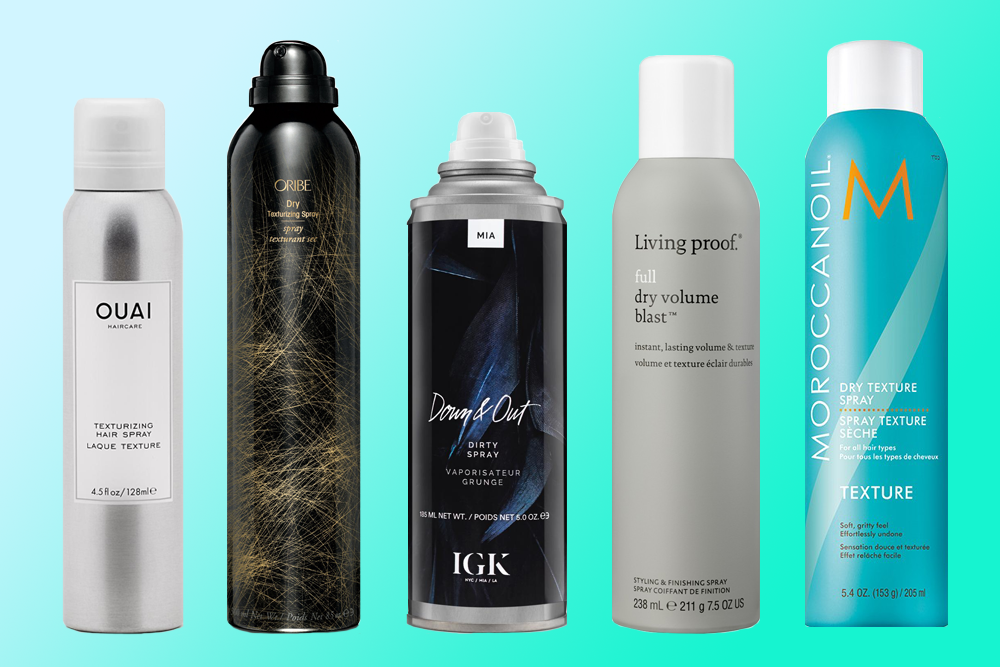
Mastering Different Curling Techniques
Curls can add a touch of glamour to any hairstyle, but achieving the perfect curl can be challenging. Mastering different curling techniques can help you create a variety of looks, from loose waves to tight curls. Experiment with different curling irons or wands, and vary the size of the sections you curl to achieve different results. Don’t forget to use a heat protectant spray before curling to minimize damage and always allow the curls to cool before styling.
Achieving Silky Straight Hair
If you prefer a sleek and straight look, achieving silky straight hair is possible with the right techniques. Start by applying a heat protectant spray and using a paddle brush to detangle your hair. Section your hair and use a flat iron with ceramic plates to straighten each section from roots to ends, moving slowly and smoothly. Finish with a shine-enhancing serum or spray to add a glossy finish and prevent frizz.
Trending Hairstyles
Bouncy Blowouts for Every Occasion
A bouncy blowout is a timeless and versatile hairstyle that can be worn for any occasion. To achieve the perfect blowout, start with clean, towel-dried hair and apply a heat protectant spray and a volumizing mousse. Use a round brush and a blow dryer to lift the roots and create volume, then smooth out the ends for a polished finish. Finish with a flexible hold hairspray to maintain the bounce and body throughout the day.
Effortless Beach Waves
Beach waves are a popular and effortless hairstyle that exudes a relaxed and summery vibe. To create beach waves, start with dry hair and apply a sea salt spray or texturizing spray. Divide your hair into sections and twist each section away from your face. Use a flat iron to apply heat to the twisted sections, holding for a few seconds before releasing. Once all sections are done, run your fingers through your hair to loosen the waves and finish with a light-hold hairspray.
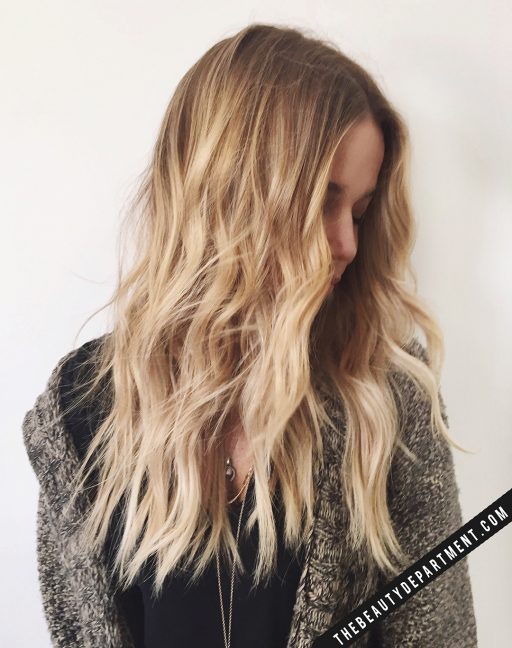
Sleek and Polished Ponytails
A sleek and polished ponytail is a sleek and sophisticated hairstyle that can be dressed up or down. To achieve this look, start with smooth, straightened hair or use a smoothing serum or oil to tame any frizz or flyaways. Comb your hair back and secure it with an elastic band at your desired height. Take a small section of hair from the ponytail and wrap it around the base to hide the elastic band. Finish with a hairspray to keep the ponytail in place.
Chic and Elegant Updos
An updo is a classic and elegant hairstyle that is perfect for special occasions or formal events. There are numerous updo styles to choose from, including buns, chignons, and twists. Start by prepping your hair with texturizing spray or dry shampoo to add grip and hold. Then, gather your hair and begin creating the desired updo, securing it with bobby pins or hairpins as needed. Finish with a strong hold hairspray to ensure your updo stays in place all day or night.

Coloring and Highlights
Understanding Different Coloring Techniques
There are various coloring techniques available to achieve different hair color effects. Highlights involve lightening specific sections of hair, while lowlights add depth and dimension by darkening selected areas. Balayage is a freehand technique that creates a natural and sun-kissed effect, whereas ombre involves a gradual transition from dark to light or vice versa. Understanding these techniques can help you communicate with your hairstylist and achieve the desired hair color result.
Choosing the Right Hair Color for Your Skin Tone
When choosing a hair color, it’s important to consider your skin tone to ensure a flattering and cohesive look. Generally, warm skin tones pair well with warm hair colors such as golden blondes or rich browns, while cool skin tones complement cool hair colors like ash blondes or ashy browns. If you have a neutral skin tone, you have the flexibility to experiment with a wide range of hair colors. Consulting with a professional hairstylist can help you determine the best hair color for your skin tone.
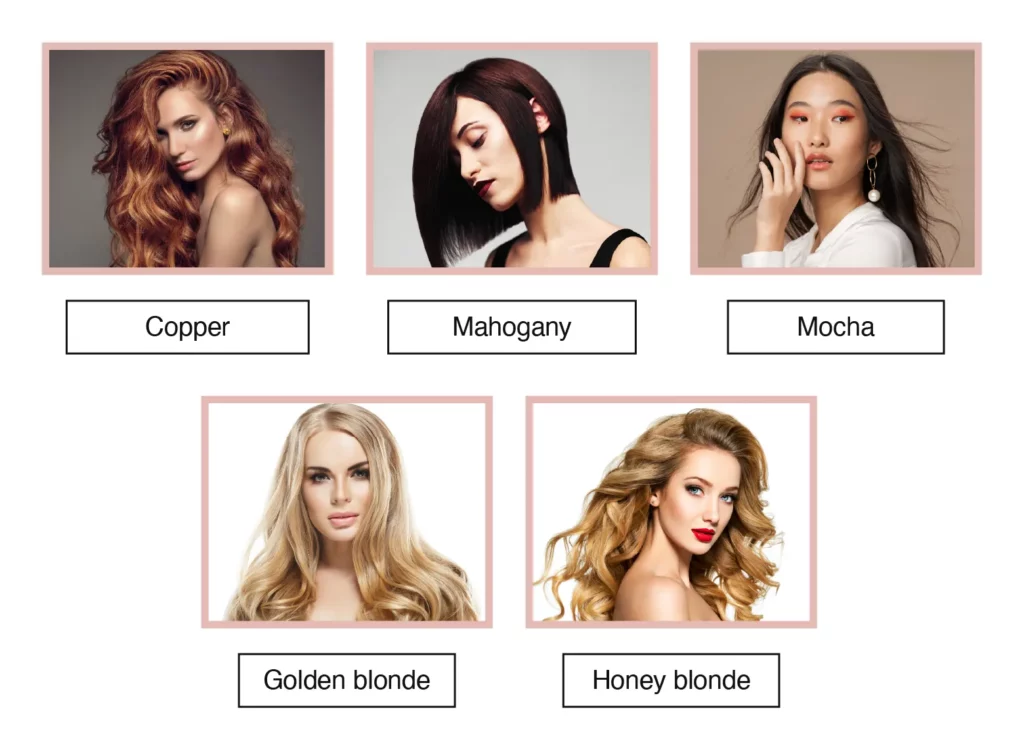
Maintaining Vibrant Hair Color
Once you’ve achieved your desired hair color, it’s essential to maintain its vibrancy and prevent color fading. Use color-safe shampoos and conditioners specifically formulated for color-treated hair. Minimize washing your hair with hot water, as it can strip the color more quickly. Additionally, protect your hair from the sun by wearing a hat or using products with UV filters. Regular touch-ups at the salon will also help maintain the integrity and vibrancy of your hair color.
Exploring Balayage and Ombre
Balayage and ombre are two popular hair color techniques that create a natural and effortlessly blended look. Balayage involves hand-painting highlights onto the hair, creating a soft and sun-kissed effect. Ombre, on the other hand, features a gradual transition from dark to light or vice versa, typically at the mid-lengths to ends. Both techniques offer low-maintenance options for adding dimension and depth to your hair color, allowing for a more natural and grown-out look as the hair grows.
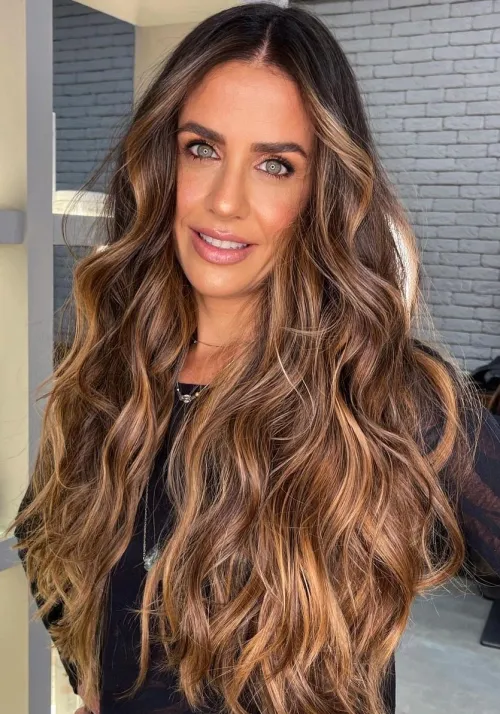
Dealing with Common Hair Problems
Managing Frizz and Flyaways
Frizz and flyaways can be a common hair problem, especially in humid or dry environments. To manage frizz, start by using a moisturizing shampoo and conditioner to keep your hair hydrated. Apply a smoothing serum or oil to damp hair before styling to minimize frizz. Avoid over-brushing your hair, as this can cause static and exacerbate flyaways. Additionally, using a wide-toothed comb or a brush with natural bristles can help distribute natural oils and reduce frizz.
Combatting Dry and Brittle Hair
Dry and brittle hair can be caused by factors such as excessive heat styling, overwashing, or a lack of moisture. To combat dryness, use a moisturizing shampoo and conditioner specifically formulated for dry or damaged hair. Incorporate a deep conditioning treatment or hair mask into your routine once a week to replenish moisture and nourish your hair. Limit the use of heat styling tools and consider air-drying your hair whenever possible to minimize additional damage.

Addressing Excessive Hair Loss
Experiencing excessive hair loss can be a distressing issue. It’s important to identify and address any underlying causes, such as hormonal imbalances, nutritional deficiencies, or certain medical conditions. Consult with a healthcare professional or a dermatologist to determine the cause of your hair loss and develop a suitable treatment plan. In the meantime, be gentle with your hair, avoid tight hairstyles, and use a wide-toothed comb or a brush with soft bristles to minimize hair breakage.
Treating Split Ends
Split ends occur when the hair shaft becomes damaged and splits into two or more strands. While the only permanent solution for split ends is to trim them, there are measures you can take to minimize their appearance and prevent further damage. Regularly trimming your hair every 6-8 weeks can prevent split ends from traveling up the hair shaft. Additionally, using a leave-in conditioner or a hair serum can temporarily smooth and seal the split ends, making them less noticeable.
Healthy Hair Habits
Establishing a Regular Hair Care Routine
Establishing a regular hair care routine is crucial for maintaining healthy and lustrous locks. Start by identifying your hair type and concerns, and choose appropriate products accordingly. Develop a consistent washing and conditioning schedule that aligns with your hair’s needs without overwashing. Incorporate treatments, such as hair masks or oil treatments, into your routine on a weekly or monthly basis. Consistency is key to promoting the overall health and appearance of your hair.
Air Drying vs. Blow Drying
The method you choose for drying your hair can impact its health and appearance. Air drying is the gentlest option, as it avoids excessive heat exposure. After washing your hair, gently squeeze out excess water with a microfiber towel and allow your hair to air dry naturally. If you prefer blow drying, use the lowest heat setting and hold the dryer at a safe distance to minimize heat damage. Always apply a heat protectant spray beforehand and limit blow-drying to when necessary.
Limiting Chemical Treatments
Chemical treatments, such as perms, relaxers, or frequent dyeing, can be damaging to your hair and scalp. Overexposure to these harsh chemicals can lead to dryness, breakage, and scalp irritation. If you do choose to undergo chemical treatments, make sure to follow proper aftercare instructions and use products specifically designed for chemically treated hair. It’s also essential to allow your hair time to recover between treatments to prevent long-term damage.
Protecting Hair while Sleeping
Protecting your hair while you sleep can minimize friction, breakage, and tangling. Use a silk or satin pillowcase, as these materials reduce friction and help maintain the moisture and integrity of your hair. Alternatively, you can wrap your hair in a silk or satin scarf or bonnet before bed. If your hair is long, consider loosely braiding or twisting it to prevent tangles. By adopting these simple habits, you can wake up to smoother, healthier-looking hair.
Professional Haircare Tips
Consulting with a Trusted Hairstylist
A trusted hairstylist can be an invaluable resource for your hair care journey. They can assess your hair type, diagnose any hair and scalp conditions, and provide personalized recommendations. Regularly scheduling appointments with a professional hairstylist ensures that your hair is getting the care and attention it deserves. They can also offer expert advice on styling, haircuts, and color options that best suit your features and preferences.
Incorporating Salon Treatments
Salon treatments are professional-grade procedures that can address specific hair concerns and provide intensive care. Treatments such as deep conditioning, scalp massages, or protein treatments can help restore moisture, repair damage, and promote hair growth. Opting for salon treatments every few months can give your hair a boost and help maintain its health and vitality. Consult with your hairstylist to determine which treatments would benefit your hair the most.
Choosing the Right Hair Extensions
Hair extensions can instantly transform your look by adding length, volume, and versatility. When choosing hair extensions, consider factors such as quality, method of application, and maintenance requirements. High-quality human hair extensions are generally the best option, as they blend seamlessly with your natural hair and can be styled and treated like your own. Consulting with a professional hairstylist who specializes in extensions will ensure you choose the right type and application method for your hair.
Revitalizing Aging Hair
As we age, our hair may become more prone to dryness, thinning, and dullness. Revitalizing aging hair requires special attention and care. Look for products formulated for mature hair that provide hydration, strengthen the hair follicles, and promote a youthful appearance. Regular deep conditioning and scalp treatments can help rejuvenate the hair and promote healthy growth. Consider consulting with a hairstylist or trichologist who specializes in addressing the specific needs of aging hair.
Embracing Natural Hair
Caring for Curls and Coils
Natural curls and coils are unique and beautiful, but they require specific care to keep them looking their best. Embrace your natural texture by using sulfate-free shampoos and conditioners that enhance curl definition and moisture. Detangle your hair gently using your fingers or a wide-toothed comb, starting from the ends and working your way up. Regularly deep condition your hair to keep it hydrated and use styling products specifically designed for curly hair to enhance and maintain your natural curls or coils.
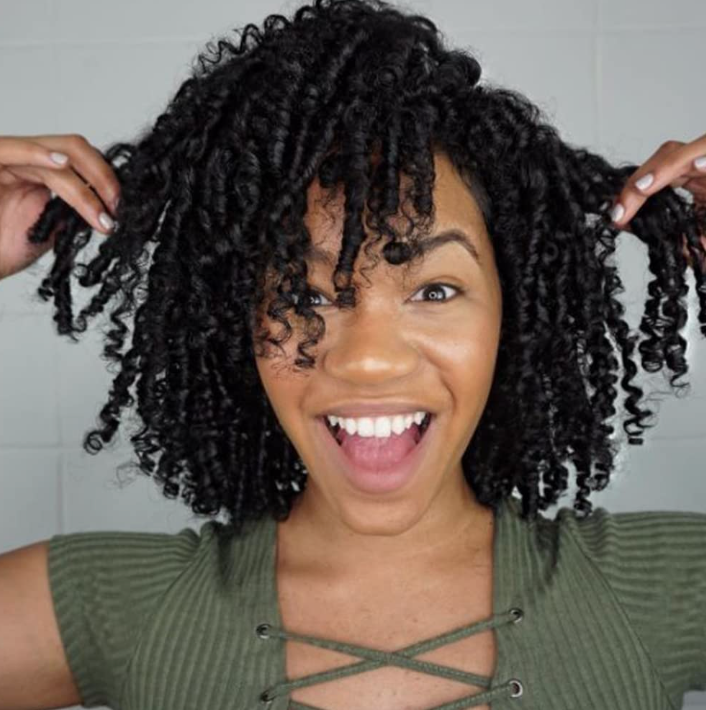
Celebrating Diverse Hair Textures
Diverse hair textures should be celebrated and appreciated. Every hair type, from straight to coily, has its own unique beauty. It’s essential to educate ourselves and others about the diverse range of hair textures and challenge societal beauty standards that prioritize one type of hair over another. Embrace your natural hair texture and encourage others to do the same, promoting self-love and acceptance for all hair types.
Avoiding Harmful Chemicals
Avoiding harmful chemicals is crucial for maintaining the health and integrity of natural hair. Many commercial hair products contain ingredients that can be drying, damaging, or irritating to the scalp. Opt for natural or organic products that are free of sulfates, parabens, and artificial dyes or fragrances. Additionally, be mindful of the ingredients used in chemical treatments such as relaxers or keratin treatments, as they can have long-term effects on the health of your hair and scalp.
Maintaining Healthy Afro Hair
Afro hair requires specific care and attention to maintain its health and achieve desired styles. Moisture is key for afro hair, so using hydrating shampoos, conditioners, and leave-in products is essential. Deep conditioning treatments should be incorporated regularly to replenish moisture and nourish the hair. Protective hairstyles, such as braids or twists, can help minimize manipulation and prevent breakage. Lastly, be gentle when detangling afro hair, using a wide-toothed comb or your fingers to avoid unnecessary damage.
In conclusion, taking care of your hair involves understanding your hair type, determining scalp health, and implementing effective hair care routines. Preventing hair damage requires proper brushing techniques, avoiding excessive heat styling, protecting hair from the sun and chlorine, and avoiding tightly bound hairstyles. Nourishing your hair involves maintaining a balanced diet, hydrating the scalp, using hair masks and oils, and considering essential vitamins and supplements. Styling tips and tricks can help you choose the right hair tools, create volume and texture, master different curling techniques, and achieve silky straight hair. Trending hairstyles include bouncy blowouts, effortless beach waves, sleek and polished ponytails, and chic and elegant updos.
Coloring and highlights involve understanding different techniques, choosing the right hair color for your skin tone, maintaining vibrant hair color, and exploring balayage and ombre. Dealing with common hair problems requires managing frizz and flyaways, combatting dry and brittle hair, addressing excessive hair loss, and treating split ends. Adopting healthy hair habits involves establishing a regular hair care routine, choosing between air drying and blow drying, limiting chemical treatments, and protecting hair while sleeping.
Professional haircare tips include consulting with a trusted hairstylist, incorporating salon treatments, choosing the right hair extensions, and revitalizing aging hair. Finally, embracing natural hair involves caring for curls and coils, celebrating diverse hair textures, avoiding harmful chemicals, and maintaining healthy afro hair. By following these tips and techniques, you can craft lustrous locks from root to tip and achieve the beautiful and healthy hair you desire.

